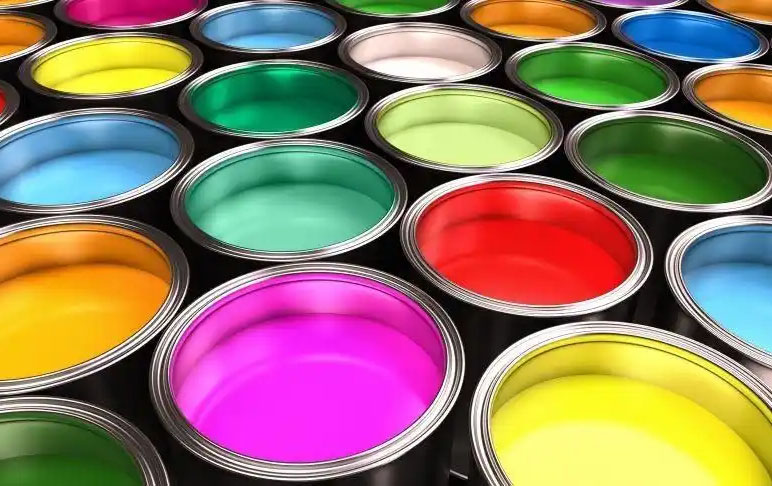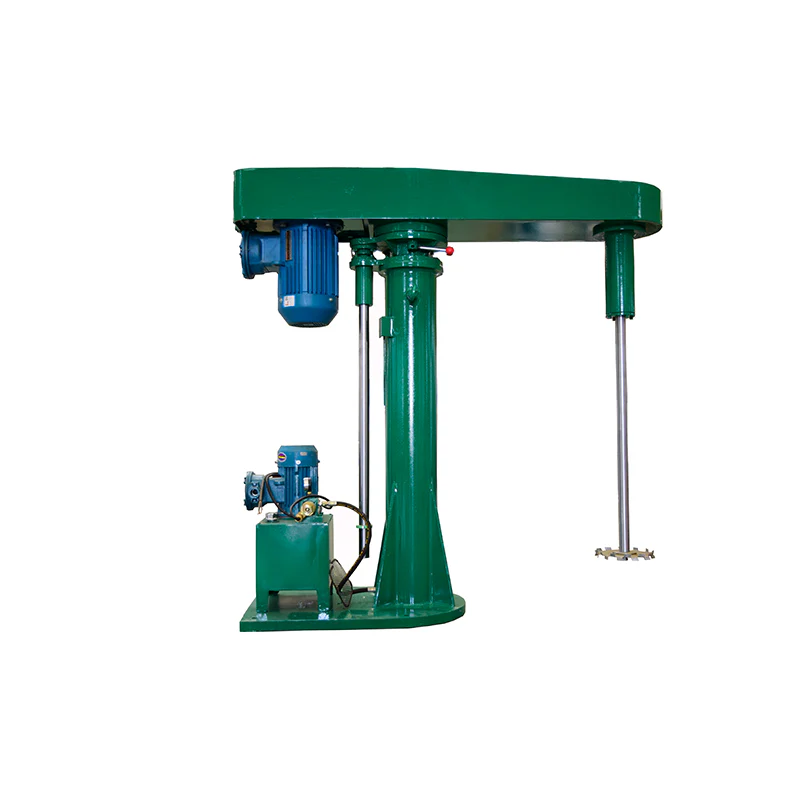Screen printing ink is specially formulated for the screen printing process. It is a paste-like ink that is squeezed through the mesh onto the substrate by a squeegee and then dried (cured) to form the image and text.
Its core characteristics are high viscosity, high hiding power, and good transfer properties.

|
Printing Materials |
Recommended Ink Types |
Key Notes |
|
Textiles (cotton, linen, polyester, etc.) |
Water-based ink, plastisol ink (silicone) |
– Water-based ink: Soft and breathable, suitable for cotton. |
|
Plastics (PVC, ABS, PC, PS) |
PVC ink, ABS ink, general-purpose plastic ink |
– Plastisol ink: Washable, highly elastic, and smooth, it’s the preferred choice for high-end apparel printing. |
|
PP/PE plastics (polypropylene/polyethylene) |
PP/PE special ink or treatment agent + general-purpose ink |
Select inks specifically formulated for the material for optimal adhesion. |
|
Metals |
Epoxy resin ink, two-component ink |
PP/PE have low surface energy and typically require corona treatment or spraying before printing, otherwise adhesion will be poor. |
|
Glass, ceramics |
Glass/ceramic special ink |
They have extremely strong adhesion and typically require heat curing. They are resistant to friction and chemicals. |
|
Paper, cardboard |
Water-based ink |
They are typically two-component or require high-temperature sintering, offering excellent weather resistance and durability. |
Pre-dispersion Stage
Precisely weighed resin solutions, solvents, and pigments are fed into a high-speed disperser. Under shear forces at 2000-3000 rpm, pigment agglomerates are initially broken down. The key to this stage is achieving sufficient wetting of the pigment surface to form a uniform paste. Temperature must be controlled below 50°C to prevent premature solvent evaporation.
Precision Grinding Stage
The pre-dispersed paste requires further refinement of pigment particles using nano-level grinding equipment:
Three-roll mill: Suitable for high-viscosity systems. The differential speed of the three rollers generates extremely high shear force, reducing particle fineness to 5-15μm.
Bead mill: Uses zirconia microbeads as the grinding medium. Enables continuous production in a closed system, offering higher efficiency and temperature control.
This stage requires real-time monitoring of the Hegman fineness value until the target particle size distribution (D90 ≤ 10μm) is achieved.
Viscosity Adjustment and Performance Optimization
The ground base ink is transferred to a mixing tank. The target viscosity (typically 30-120 seconds measured with a Zahn Cup #4) is adjusted by adding the remaining solvent. Temperature-sensitive additives, such as heat stabilizers and defoamers, are then added sequentially to avoid inactivation caused by high-temperature grinding.
Purification and Stabilization Treatment
A three-stage filtration system (100 mesh → 200 mesh → 400 mesh) is used to remove impurity particles step by step. For special inks (e.g., conductive inks), centrifugation is required to further separate particle size outliers. After completion, the ink is left to age for 24-48 hours, allowing the system to reach a state of thermodynamic equilibrium.
Producing silk screen printing ink essentially involves finely and uniformly dispersing solid pigments into a liquid resin vehicle. The core challenges are breaking pigment agglomerates, achieving perfect wetting, and maintaining the stability of the final system. The BA-50 automated disperser is not just a simple mixer; it is a precision process equipment designed to tackle these core challenges. Its importance in ink production is reflected in the following key aspects:

Wide Power Range (3/4HP ~ 4HP optional):
Importance: Silk screen inks range from low-viscosity water-based inks to high-viscosity solvent/UV inks. The optional motor power range of the BA-50 ensures it can handle various viscosity ink formulations. For high-viscosity systems, a high-power motor provides sufficient torque, ensuring the impeller operates normally in thick paste, generates a strong shear force, effectively breaks pigment clumps, prevents motor overload shutdown, and guarantees production continuity.
Flexible Mixing Bucket Specification Compatibility (20L/50L optional):
Importance: Ink production covers the entire process from lab-scale trial production (very suitable for a 20L bucket) to small/medium-batch production (50L bucket). The optional configurations of the BA-50 perfectly cover this range, ensuring process consistency from R&D to production. Successfully verified dispersion parameters from the lab can be seamlessly scaled up to production equipment, significantly shortening new product development cycles and reducing quality variations due to scale-up effects.
Automatic Lifting and Stirring at Different Heights:
Importance: This is the core advantage distinguishing the BA-50 from traditional dispersers.
Eliminates Dispersion Dead Zones: In the initial pre-dispersion stage, pigment powder easily floats on the liquid surface or sinks to the bottom. The automatic lifting function allows the stirring head to operate from different heights, both quickly pulling surface powder below the liquid level and lifting settled pigment from the bottom, achieving uniform dispersion throughout the entire bucket and avoiding issues like color difference or fineness non-compliance caused by uneven dispersion.
Optimizes Flow Field and Shear Efficiency: Program-controlled lifting can create more complex flow fields, making material circulation more efficient, ensuring every pigment particle passes through the high-shear zone, thereby greatly improving dispersion efficiency and reducing working time.
Adapts to Different Stage Viscosities: Ink viscosity changes during dispersion. Automatically adjusting the stirring depth helps maintain the optimal flow field state at different stages.
One-Touch Operation and Automated Cleaning:
Importance:
Ensures Batch Consistency: One-touch operation means the dispersion process (speed, time, lifting mode) for each production batch can be precisely set and repeated, minimizing variables introduced by manual operation. This is key to ensuring high consistency in ink product color, viscosity, and performance between batches.
Improves Efficiency, Reduces Cross-Contamination: The automated cleaning function quickly cleans the stirring head and dispersion disc, significantly reducing equipment cleaning time and labor costs, while avoiding cross-contamination between different colors and formula inks. It is especially suitable for production lines that require frequent color and formula changes.
Explosion-Proof Model Optional (EX Type):
Importance: The production of solvent-based inks involves volatile flammable and explosive organic solvent vapors. The BA-50 offers an explosion-proof model (EX), where its motor, electrical components, and control box comply with explosion-proof standards, effectively eliminating the risk of ignition caused by electric sparks, providing a fundamental guarantee for safe production. This is an indispensable safety configuration for solvent-based ink production lines.
Pneumatic Power Type (Pneumatic Power):
Importance: The Pneumatic drive itself has advantages such as explosion-proofing, overload protection, and stepless speed regulation. In flammable and explosive environments, pneumatic power is safer than electric power. Simultaneously, it provides smooth starting and speed regulation characteristics, preventing slurry splashing caused by excessive instantaneous torque at startup.
Multiple Impeller Types Optional:
Importance: Different impellers (e.g., sawtooth, disc, paddle) generate different shear patterns and flow fields. For other viscosity stages and formulas in ink production, the most suitable impeller can be selected to achieve the best dispersion efficiency and effect. For example, sawtooth impellers generate extremely high shear force, making them very suitable for the initial pre-dispersion and deagglomeration of pigments.
The BA-50 automated disperser does far more than just “mixing”; it is the process core for the “pre-dispersion” stage in silk screen ink manufacturing. Integrating the BA-50 automated disperser into the ink production line represents a significant upgrade to traditional production methods. It is an essential choice for achieving efficient, stable, and safe production in modern intelligent manufacturing.
The selection of the silk screen printing ink system and the control of operating processes directly affect the quality and performance of the final product. With the development of material science, new environmentally friendly inks continue to emerge, while automated and intelligent equipment is also transforming traditional printing methods. Mastering ink characteristics and process essentials, and continuously optimizing based on actual production conditions, are necessary to achieve high-quality screen printing production. In the future, green environmental protection, functionality, and intelligence will become the main directions for the development of silk screen printing technology.
Contact us today to learn how the BA-50 can revolutionize your ink production!